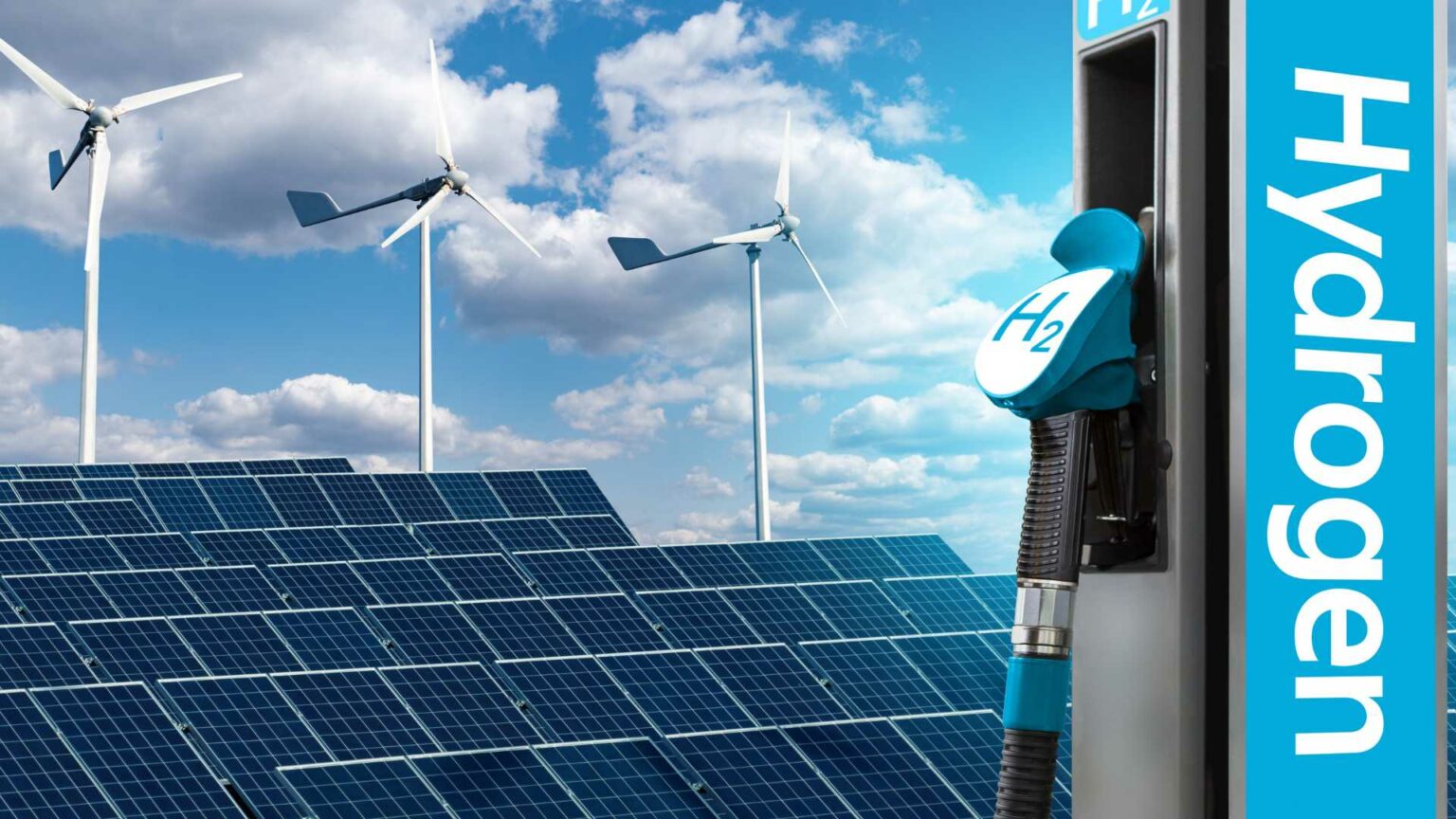Siemens Gamesa Renewable Energy A/S has filed a patent titled “Method for Controlling a Power Input of a Hydrogen Production Device on a Renewable Hydrogen Power Plant.” The patent, which was filed recently, underscores the role of innovative technologies in optimizing hydrogen production and integration in the renewable energy sector.
Features and Improvements
The patented method introduces a sophisticated control mechanism for managing the power input to hydrogen production devices within a renewable hydrogen power plant. This technology sets itself apart through its ability to dynamically adjust power inputs in response to varying renewable energy generation conditions. The capability to fine-tune the power input ensures that hydrogen production is efficient and consistent, even when renewable energy sources such as wind or solar power exhibit fluctuations.
Potential Applications
This new control method promises to enhance the efficiency of renewable hydrogen power plants. Hydrogen, often cited as a clean and sustainable energy carrier, can be produced using excess power generated from renewable sources. The ability to manage this excess power effectively not only maximizes hydrogen production but also stabilizes the renewable energy grid.
1. Industrial Hydrogen Production: Industries that rely on hydrogen as a feedstock or energy source could benefit from more stable and cost-effective hydrogen supplies.
2. Energy Storage: Hydrogen can be stored and converted back into electricity when needed, providing a reliable energy storage solution for intermittent renewable sources.
3. Transportation: Fuel cell vehicles and other hydrogen-powered transportation technologies could be widely adopted with improved hydrogen production methods.
Market Impact
Introducing this control method could significantly impact the hydrogen market by making renewable hydrogen more viable and economically competitive. By optimizing hydrogen production from renewable sources, the technology can lower the cost of hydrogen generation, making it a more attractive alternative to conventional fossil fuels. This cost reduction could accelerate the adoption of hydrogen across various sectors, thereby supporting global efforts to reduce carbon emissions and shift towards cleaner energy solutions.
Comparative Analysis
This patented method distinguishes itself from existing hydrogen production technologies through its advanced power input control capabilities. Traditional hydrogen production methods often struggle with inefficiencies due to the unpredictable nature of renewable energy sources. In contrast, the Siemens Gamesa solution is tailored to handle these fluctuations, ensuring a more consistent and optimized hydrogen output. This level of precision is a notable improvement over older systems that lack such adaptive control mechanisms.
Technical Specifications
Key technical aspects of the patent include integrating computer program products and advanced sensors to monitor and adjust power input in real-time. The method involves algorithms designed to respond to data inputs from renewable energy sources, thus optimizing the power diverted to hydrogen production devices. This integration of software and hardware components is essential for the control system’s robust performance.





